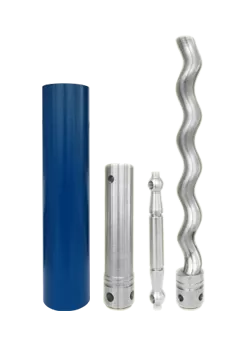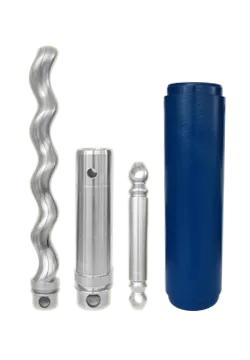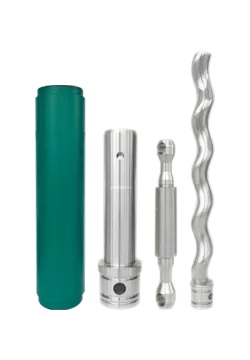The Description of Small Progressive Cavity Pump
A small progressive cavity pump is a compact and versatile pumping solution designed for applications where space is limited or flow requirements are relatively low. It features a progressive cavity design, consisting of a helical rotor and a stator, which creates a smooth and consistent flow. Despite its small size, this pump offers efficient performance and can handle a wide range of fluids, including viscous and abrasive substances. Its compact design allows for easy installation and maintenance in various industries, making it an ideal choice for compact pumping systems.
The Application of Small Progressive Cavity Pump
The small progressive cavity pump finds application in various industries and processes where precise and controlled fluid transfer is required. It is commonly used in food and beverage production, pharmaceutical manufacturing, chemical processing, and wastewater treatment. The pump’s ability to handle viscous fluids, shear-sensitive materials, and solids makes it suitable for applications such as dosing, metering, and transferring fluids with high accuracy. Its compact size and versatility make it an ideal choice for small-scale operations or installations with limited space.

The Features of Small Progressive Cavity Pump
The small progressive cavity pump offers several key features that make it a reliable and efficient pumping solution. These features include a compact design, precise flow control, and the ability to handle a wide range of fluids, including viscous and abrasive substances. The pump operates with low shear, ensuring gentle handling of sensitive materials. It is also easy to install, operate, and maintain, making it a convenient choice for various applications. Overall, the small progressive cavity pump combines versatility, accuracy, and ease of use, making it a valuable asset in many industries.
Small Progressing Cavity Pump Efficiency
The small progressing cavity pump is known for its high efficiency in fluid transfer. Its positive displacement design ensures consistent and precise flow rates, minimizing energy wastage and optimizing process efficiency. The pump’s ability to handle viscous fluids with ease further enhances its efficiency, allowing for smooth and uninterrupted operation. Additionally, the pump’s low shear operation helps preserve the integrity of shear-sensitive materials, reducing product degradation and improving overall efficiency. With its compact size and efficient performance, the small progressing cavity pump is an excellent choice for applications where energy efficiency and productivity are paramount.
People also ask :
Send Your Enquiry :







